|
Friesians are beautiful, pure black horses with a flowy mane and tail and flashy, showy movement. They have feathered feet typical of a draft breed, but they are built like a lighter riding horse. Friesians average between 15-17hh and are versatile enough to participate in all sports and disciplines, but are most commonly seen in dressage, or as a carriage horse due to their eye catching movement. Friesians get their name from the land where they originated, in Friesland, The Netherlands. Keep reading for 10 more fun facts about this flashy breed! 1. They may have been around since 1000 BC. Friesian horses are one of the oldest breeds, thought to have been descended from the Forest horse. A Roman historian, Tacitus, noted the breed's existence in 55-120 AD and referred to them as a very powerful and versatile horse. Friesian horses were also a very popular mount for German and Friesian knights in the Crusades. 2. Despite being very popular in the early ages, Friesians almost became extinct. The popularity of the Friesian horse surged throughout the 16th and 17th centuries. The Friesian breed also influenced many newer breeds that had started to emerge. Despite this, Friesians began to decline in numbers in the early 20th century as horse power was being replaced by machinery for agricultural work. By 1913, there were only 3 remaining Friesian stallions in their home province of Friesland. However, the breed was revived in World War 2 when fuel shortages once again deemed it necessary to return to horse power. 3. The Friesian breed influenced the development of new breeds. Being one of the oldest breeds, Friesians had an influence on several new breeds that developed as time went on. The Oldenburger, Shire horse, and smaller ponies such as Fell and Dales ponies all inherited some Friesian lines in their early development. Morgan horses are also suggested to have some Friesian blood due to their resemblance to some of the Friesian's features. 4. Friesians are popular in the film and entertainment industry. Many people know of Friesians due to the movie Ladyhawke from 1985, which featured a Friesian stallion named Othello. They have also been seen in The Mask of Zorro, Eragon, and 300. You may also spot Friesian horses in various exhibitions, events, or in a circus or other live show setting. Their striking appearance and flashy movement make them popular choices for all types of entertainment industries. 5. There are actually two ways of spelling their name. In English, the breed was often spelt as "Frisian" so as to differentiate between the horse breed and the Holstein Friesian cattle. However, breed books and registries spell both the horse and cattle name as Friesian with the "e" included in the name. Nowadays, Friesian is by far the most common and popular spelling for the breed. 6. Friesians came to the United States before it was even known as a country. Friesians were brought to North America by the Dutch in the 1600s, when the Dutch had control of New Amsterdam, now known as New York. Friesians, sometimes called "Dutch trotters" were brought to America to help develop the bare lands for agricultural use. 7. Friesians are not always black. While Friesians are most commonly known to be pure black in color, in some rare cases, you may find chestnut Friesians. Chestnut is not a favored color for the official Friesian studbook however, so they do not allow chestnut stallions to be registered. However, some chestnut mares and geldings that still have other good Friesian qualities are able to be registered. The Friesian Stallion Studbook also DNA tests all stallions for the chestnut gene (any stallions carrying that gene are not able to be registered) so chestnut Friesians have become increasingly uncommon nowadays. Chestnut Friesians are often referred to as "Fire Friesians" and can still be registered through Friesian Heritage. 8. There are unique carriages designed just for Friesians. An elegant carriage made just for the Friesian horse was designed in the 18th century in the province of Friesland, where the Friesian breed originated. This carriage was called the Friesian Sjees, and was specifically intended to be pulled by Friesian horses. The word "Sjees" was derived from the French word "chaise" which translates into chair. These carts are very elegant and detail oriented. There are a set of guidelines that must be followed for these carriages (for example, the wheels must be 1.5 metres or higher and have 14 spokes) but the carts always have their own unique style, so no two are exactly the same. 9. Friesians are a relatively rare breed. Although Friesians are one of the oldest breeds, they aren't extremely common in most parts of the world. Friesians tend to be pricier than most horses, especially when they are already fully trained. However, they tend to be more common in certain disciplines such as dressage and driving. 10. Friesians typically have no white markings. Pure black is typically preferred for the Friesian breed, so most Friesian registries do not allow horses with excessive white markings to be registered. Registries consider most white markings as evidence that the horse is not a pure bred Friesian. The only marking allowed for registered Friesians is a small white star on the forehead. 11. Friesian horses are still popular in the Netherlands. While Friesians are somewhat rare in the rest of the world, their popularity is quite high in the Netherlands where they originated. Approximately 7% of the entire horse population in the country is comprised of Friesian horses. Those were our 10 fun facts about Friesian horses! Let me know what you think of these amazing horses in the comments! Are they one of your favorite breeds?
25 Comments
|
About
Dedicated to everything about horses. Here you can find inspiring videos, fun projects, and informative articles on any topic that involves horses. Archives
October 2018
Categories
All
|
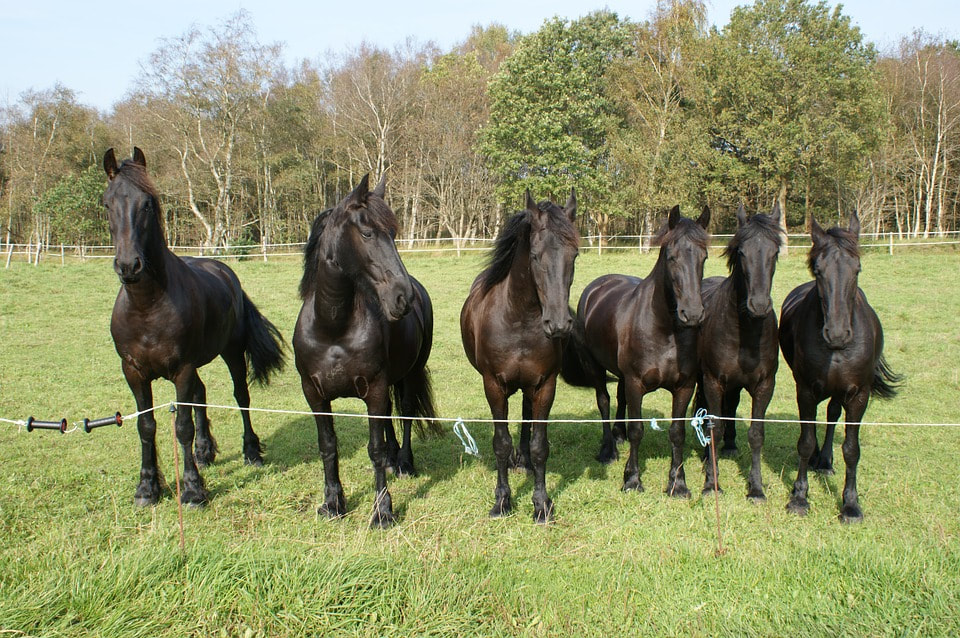
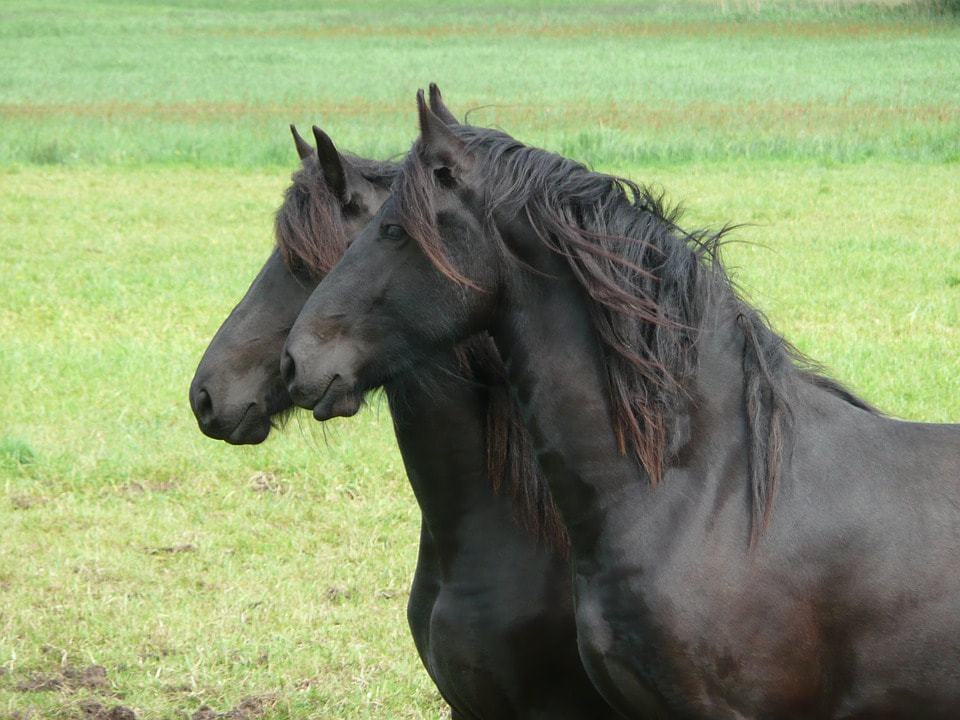
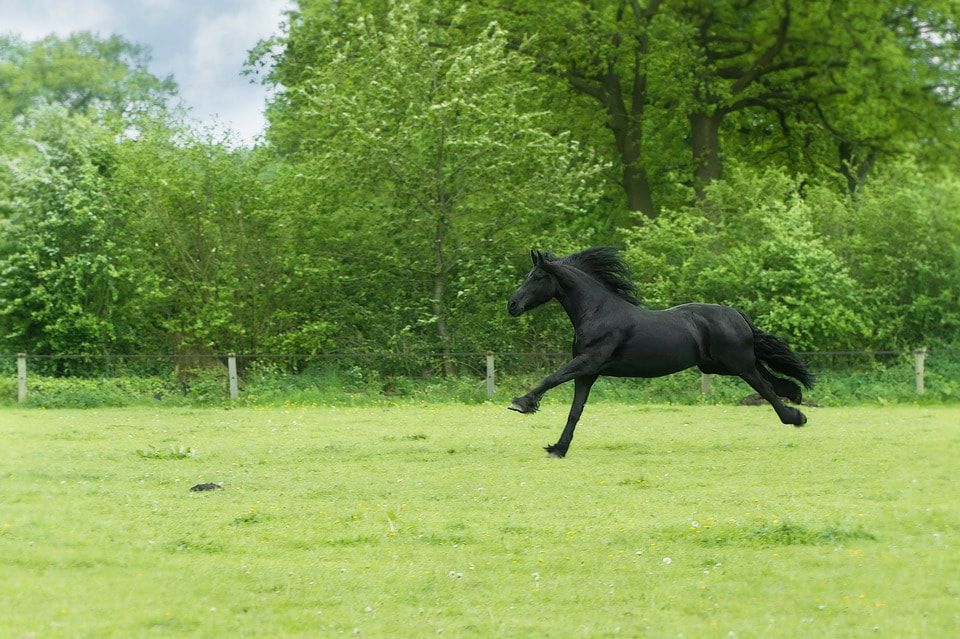
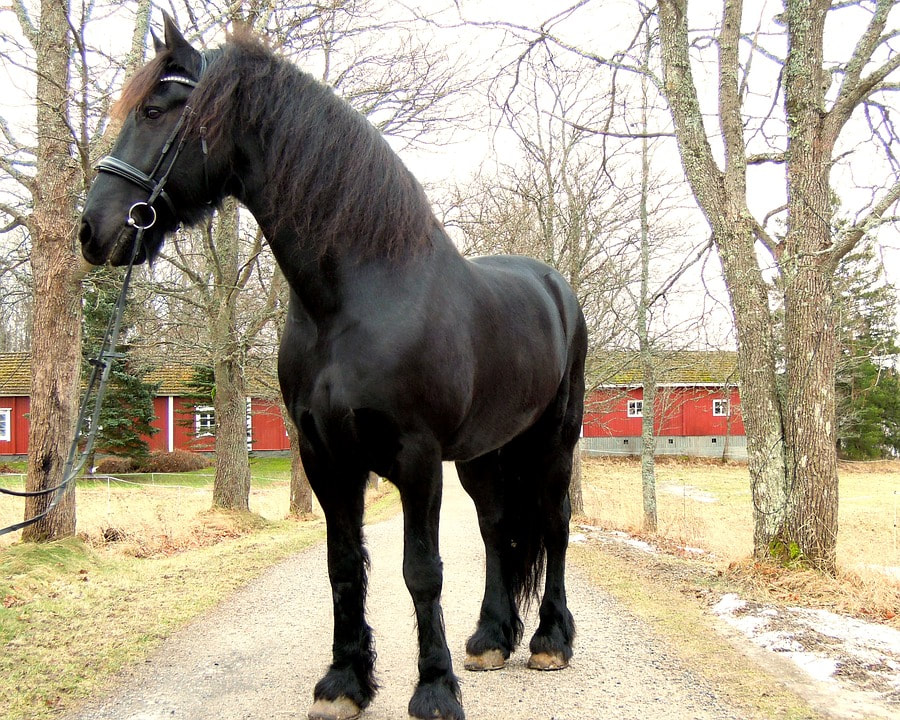
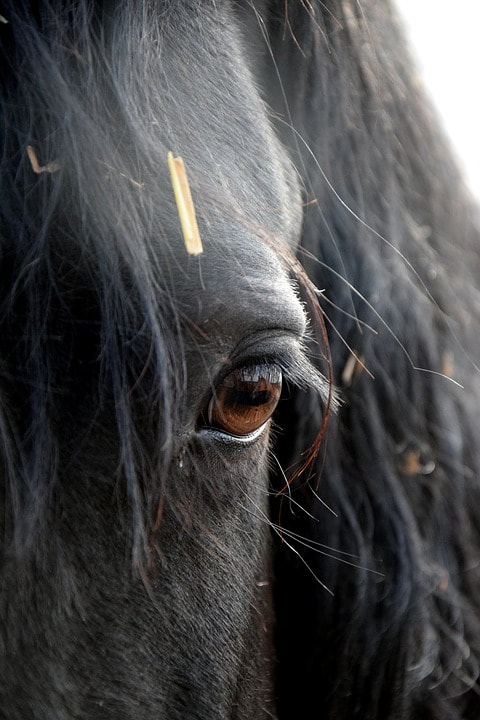
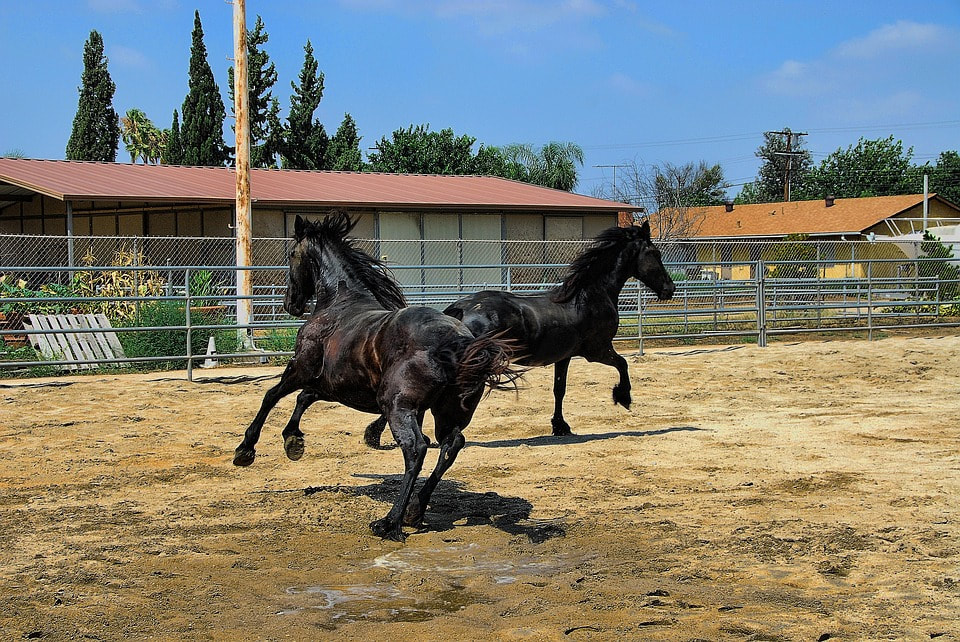
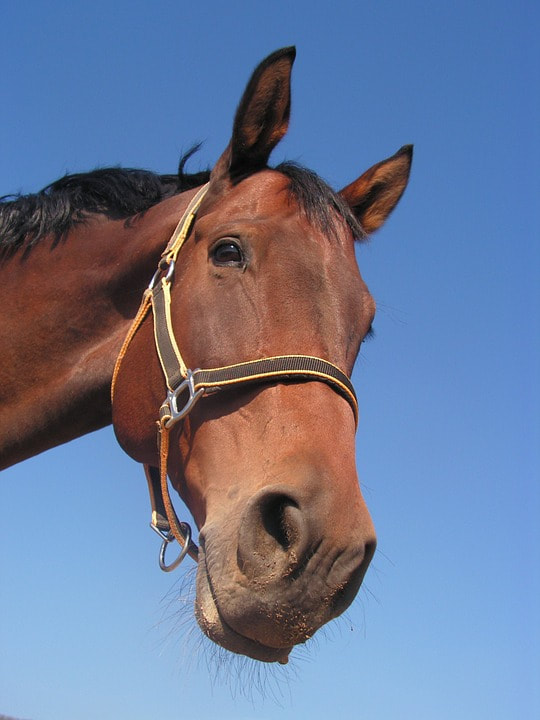
 RSS Feed
RSS Feed
